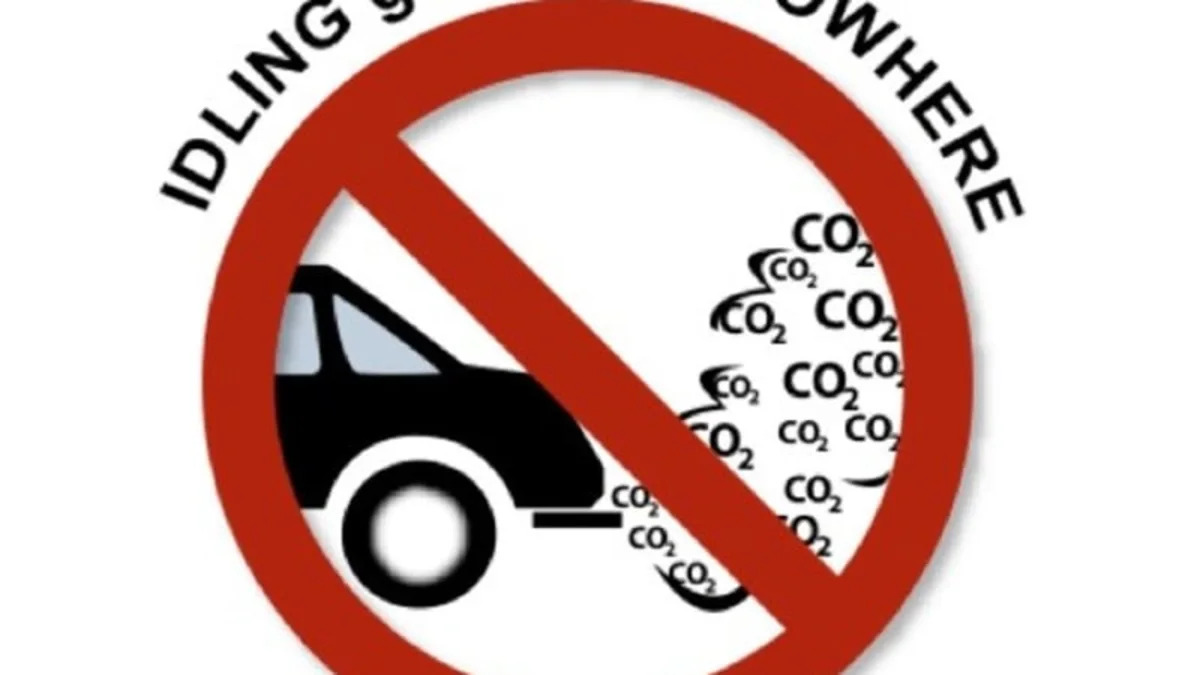It's easy to calculate that a car with the engine running but not moving is getting zero mpg. New technologies allow some cars to take control of the on/off switch from the driver when stopped. Whatever their name - stop-start, micro hybrid - automatic systems that shut down a vehicle's engine when the car is at rest help boost efficiency. Automakers - especially in Europe - are happily introducing the technology to vehicles like the Fiat 500 to the Audi A4 and A5 to Ford vehicles that will get the new 1.6L EcoBoost four cylinder engine to every Mercedes. But here's a question: just how much fuel does idling waste? While the exact amount is determined by the size of your engine, there is a specific amount of time that most sources say should be the idling limit. How long is that time? Take your best guess in the poll below and then follow us after the jump for the answer.
[Source: Vanderbilt Lawyer, Green Car Advisor. Image from Canada's Idle-Free Zone campaign]
 A recent survey by the Vanderbilt University Climate Change Research Network found that, for the whole of the U.S., drivers who let their cars and light trucks idle (at places like drive-thrus, bank lines, driveways, etc.) "account for 17 billion pounds of carbon dioxide emissions each year." In fact, idling makes up about 1.6 percent of America's mobile and stationary pollution, says Green Car Advisor.
A recent survey by the Vanderbilt University Climate Change Research Network found that, for the whole of the U.S., drivers who let their cars and light trucks idle (at places like drive-thrus, bank lines, driveways, etc.) "account for 17 billion pounds of carbon dioxide emissions each year." In fact, idling makes up about 1.6 percent of America's mobile and stationary pollution, says Green Car Advisor.
As for the poll, the correct answer is ten seconds. That's what we found that over on the Vanderbilt page as well as on Treehugger and a bunch of other places.


Sign in to post
Please sign in to leave a comment.
Continue